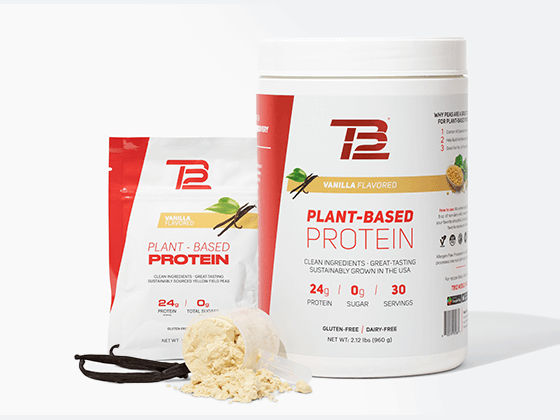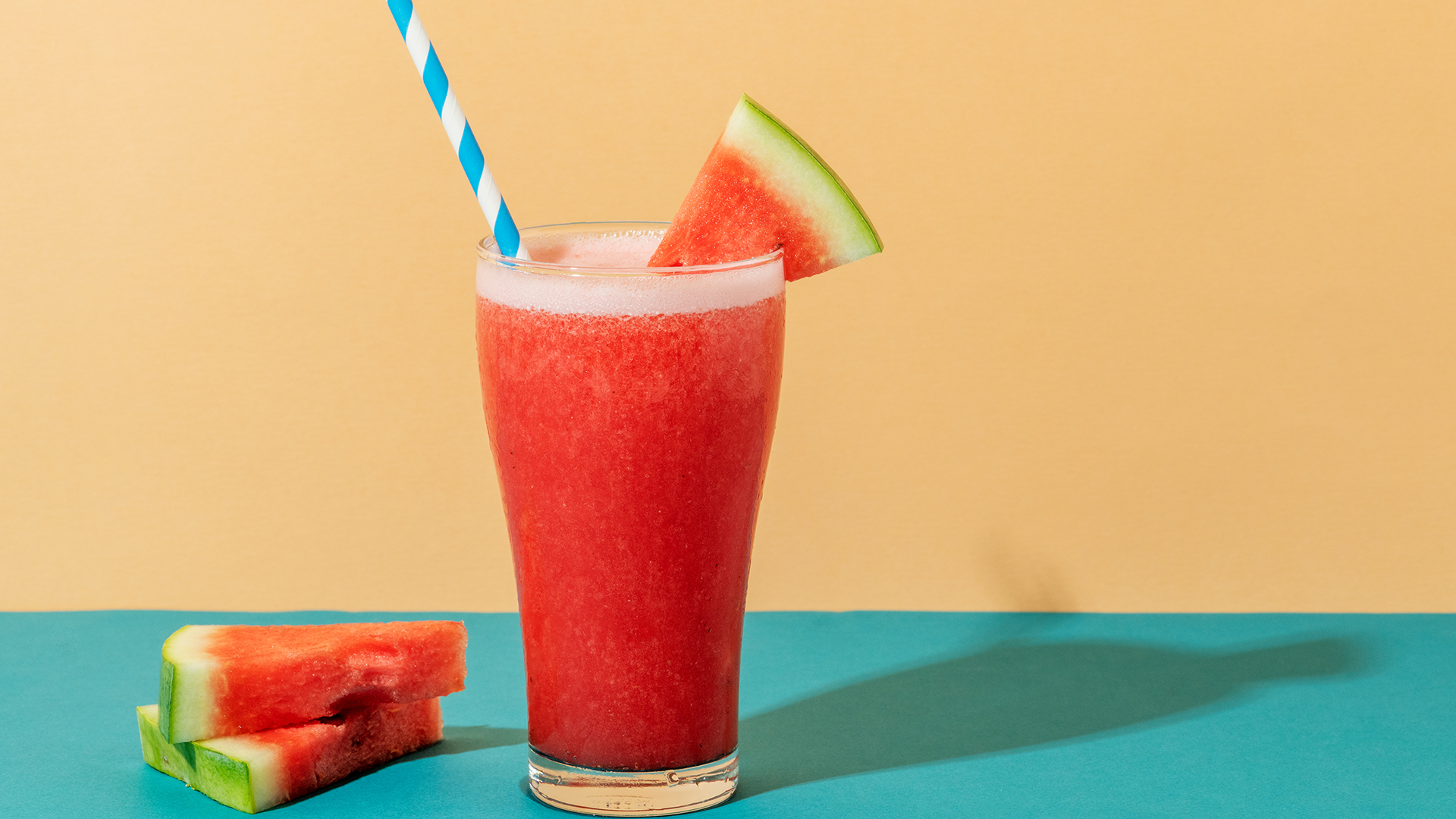Wear, tear, and inflammation are part of football at any level. But, Tom Brady, who retired from the NFL at age 45, equates it to getting in a weekly car wreck for nearly two decades. He has experienced nearly every body trauma under the sun, from collisions causing inflammation to neuromuscular memories that, left unaddressed, could have dramatically sped up his aging process.
So, does Tom Brady stay healthy despite this? How is he bending the aging curve in his favor, and what can we learn from him?
Spoiler alert: It's simple interventions like daily hydration that give Tom more energy now than in his early 20s – and help him live pain-free. And anybody – of any age, level, or sport – can apply these principles as they move through their wellness journey. Here's how he does it.
1. Mindset
It starts with a winning mindset. “Each day when I wake up, I can choose what I want my outlook to be,” Tom says. “I realize I’m an active participant in my decision to feel as healthy as possible at all times.”
Alone, a positive mindset won't slow down your aging. It's not the cure-all solution. But, it is a start to adopting more positive behaviors that can reduce the negative impacts of aging on your body.
2. Daily Hydration
Tom drinks water—a lot of it. If there’s one simple goal Tom emphasizes for energy, joint health and pliability, it’s a daily hydration routine.
According to a study from the National Institutes of Health, "poor hydration may accelerate biological aging and increase the risk of chronic disease and death." That's why you should shoot for half your body weight in fluid ounces of water, and enhance the absorption of that water by adding electrolytes.
3. Anti-Inflammatory Nutrition
How do you know if you have inflammation? Sure, you can diagnose it with blood tests, but an accessible measure you can employ right now is to answer this question: Do you have pain-free mobility? If you don’t, your muscles might be inflamed. The overriding assumption when getting older is that joint pain is inevitable.
Consider that the inspiration to share what he’d learned about health and performance in a book for the general public: It was before the start of the 2016 Championship season and Tom Brady:
“IT WAS A BRISK, LATE SUMMER AFTERNOON—PERFECT NOVEMBER FOOTBALL WEATHER. AS I WAS RUNNING THROUGH MY TYPICAL FOOTBALL TRAINING REGIMEN, I KNEW ONE THING FOR SURE: I’D NEVER THROWN THE FOOTBALL AS WELL AS I DID THAT DAY. NOT WHEN THE PATRIOTS WON THE SUPER BOWL IN 2001, OR IN 2004, 2005, OR 2014. NOT EVER, IN FACT, IN MY LIFE.”
Nutrition is one of the most important factors for countering inflammation and producing health and vitality. This isn’t news. Cutting back on processed food intake is a simple and powerful way to integrate better nutrition into your routine. A study in Cell Metabolism showcased the devastating effects of a diet loaded with processed foods — in general, carbohydrates that come out of a box and have long shelf-lives.
4. Pliability
Since 2004, the focus of Tom Brady’s functional strength and conditioning program has been pliability — complementing the conventional strength and conditioning he focused on in the past.
Tom’s approach restores his body’s natural pliability (i.e., long, soft, elastic muscles) that help his muscles reach high performance, rather than staying dense, stiff, and tight, hindering his movement.
A lack of pliability is associated with tight muscles and weak neuromuscular connections. Think of a hip or quadricep on one side of the body that doesn’t fire after atrophying post-injury or as you age. The body compensates by activating other muscles, which leads to imbalances, then additional injuries and chronic injuries inevitably follow. Staying pliable as you age is essential not only for injury prevention, but for building future strength.
5. Building Fast-Twitch Muscle Fiber
A sedentary lifestyle leads to a loss of lean muscle mass every year after age 30. This can have devastating results on your functional strength, hormonal regulation, body composition, and mobility. In other words, we get too weak to lift a bag of groceries, we accumulate excess body fat, and we have trouble getting up and down stairs without pain.
Research indicates that the muscle your lose is primarily fast-twitch muscle fiber. This means older athletes may still be able to complete an endurance event like a marathon or Ironman, but will lose the capacity to jump, sprint, and move quickly and powerfully. Meanwhile, weekend warriors may have a harder time enjoying recreational sports leagues, and people seeking general health and wellness may encounter more balance issues and experience more frequent falls.
So how can you train fast-twitch muscle fibers with a lower risk of injury?Resistance band workouts are a great answer: low-load functional movements that allows for a wide range of motion, safely performed at the speed of sport (to stimulate fast twitch fibers with minimal stress on the joints).
When combined with the right recovery plan, High-Intensity Interval Training (HIIT) is another powerful way to activate your fast-twitch muscle fibers.
6. Sleep and Mental Rest
One critical need for optimal cognitive health (and overall recovery) is sleep. Sleep promotes physical and cognitive repair, recovery, and hormonal regulation. Cutting back on sleep is cutting back on all of these anti-aging benefits – you’ll end up paying for those missed hours with poorer performance the next day.
Put it All Together
As Tom Brady discovered in 2004 when severe elbow tendinitis could have meant an end to his career, nutrition, hydration, functional strength & conditioning, attitude, and rest all became critical components of his pursuit of pliability. And over the course of nearly two decades of life, those principles help him stay as active as he is today.





